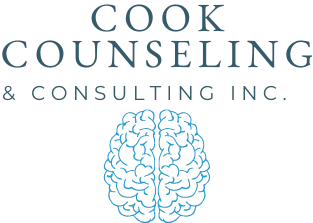The term ‘digital fatigue’ has become increasingly prevalent. It’s easy to pass it off as something that doesn’t hold much weight, but digital fatigue can the average person’s well-being.
Let’s take a look at what digital fatigue is and what you can do about it.
Defining Digital Fatigue
Digital fatigue, also known as tech fatigue or digital burnout, refers to the mental and physical exhaustion experienced as a result of prolonged use of digital devices and continuous exposure to online activities.
It encompasses a range of symptoms that manifest when individuals feel overwhelmed by the demands of the digital world. From current news around the world to excessive exposure to other people’s personal affairs, tplenty of things that can cause digital fatigue.
Causes of Digital Fatigue
- Information overload. The constant influx of information from various digital sources can lead to information overload, making it challenging for individuals to process and prioritize.
- Screen time and eye strain. Prolonged screen time, whether for work or leisure, contributes to eye strain and discomfort. The blue light emitted by screens can also disrupt sleep patterns.
- Social media pressure. The pressure to maintain a curated online presence, coupled with the fear of missing out (FOMO), contributes to social media-related stress and digital fatigue.
- Remote work challenges. The shift to remote work has blurred the boundaries between professional and personal life, contributing to an “always-on” culture that exacerbates digital fatigue.
Symptoms of Digital Fatigue
Mental Exhaustion
Individuals experiencing digital fatigue often report mental exhaustion, characterized by difficulty concentrating, making decisions, and experiencing cognitive fatigue.
Physical Discomfort
Eye strain, headaches, and general physical discomfort, often associated with excessive screen time, are common symptoms of digital fatigue.
Sleep Disturbances
Prolonged , especially before bedtime, can disrupt sleep patterns and contribute to insomnia.
Irritability and Stress
Digital fatigue can lead to heightened irritability, stress, and feelings of being overwhelmed, impacting both professional and personal relationships.
Mitigating Digital Fatigue
Digital Detox
Taking intentional breaks from digital devices, known as a digital detox, allows individuals to reset and reduce the impact of constant screen exposure.
Establishing Boundaries
Setting clear boundaries between work and personal life, especially in remote work situations, helps prevent the blurring of lines and promotes a healthier work-life balance.
Mindful Technology Use
Practicing mindful technology use involves being intentional about the time spent on digital devices choosing quality over quantity in online activities.
Prioritizing Self-Care
Prioritizing self-care, including activities that do not involve screens, is crucial for maintaining overall well-being and preventing digital fatigue.
The Future of Digital Engagement
Technology Design for Well-Being
There is a growing emphasis on designing technology with user well-being in mind. Features such as digital well-being tools aim to help users manage and control their screen time.
Cultivating Digital Literacy
Promoting digital literacy includes educating individuals about healthy technology use and fostering a critical understanding of the impact of digital engagement on mental health.
Final Thoughts
Understanding and addressing digital fatigue is essential for maintaining a healthy relationship with technology, especially as our reliance on it grows more and more every day.
By implementing mindful practices, setting boundaries, and prioritizing self-care, individuals can mitigate the effects of digital fatigue and foster a more balanced and sustainable digital lifestyle.

